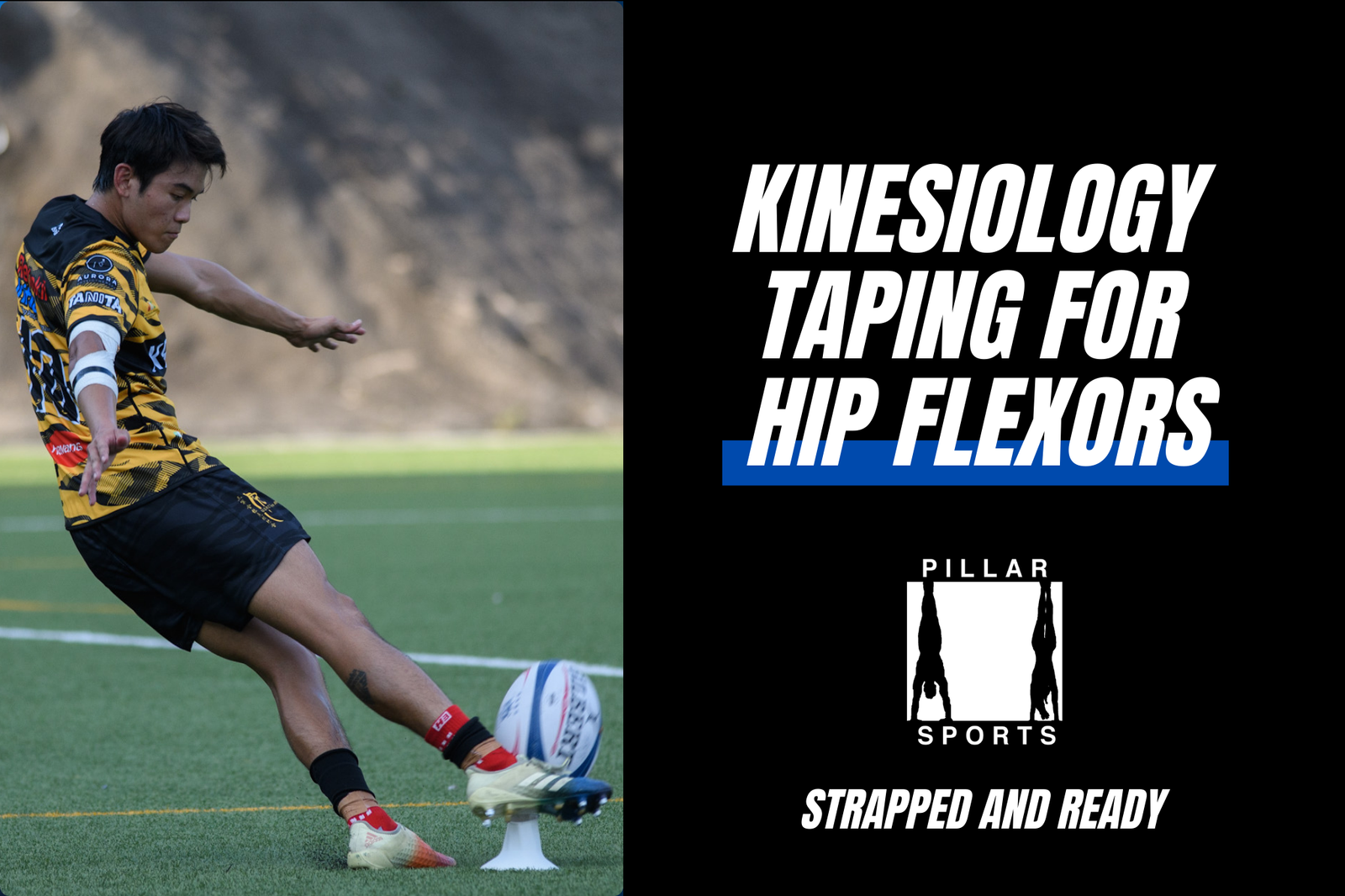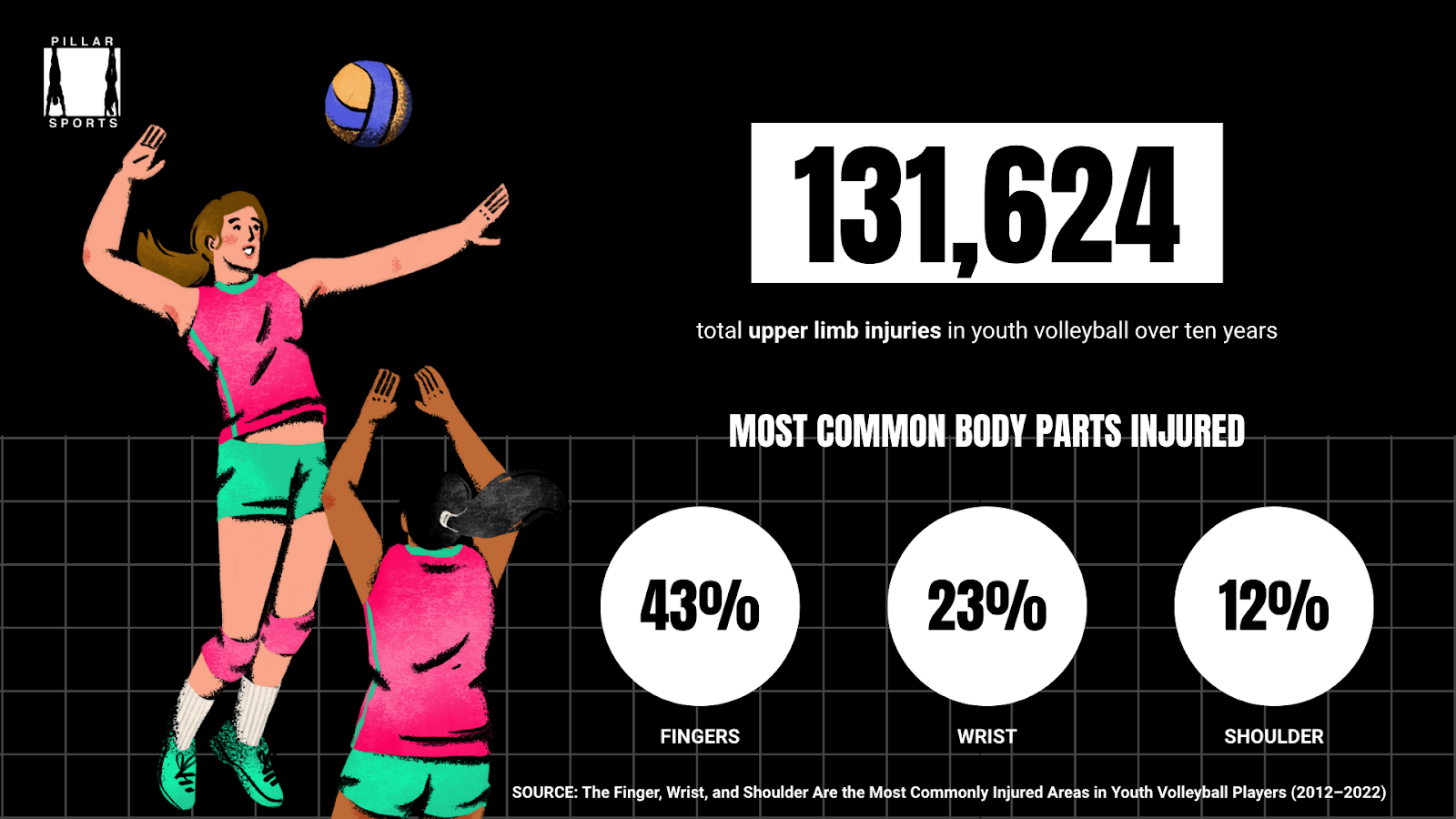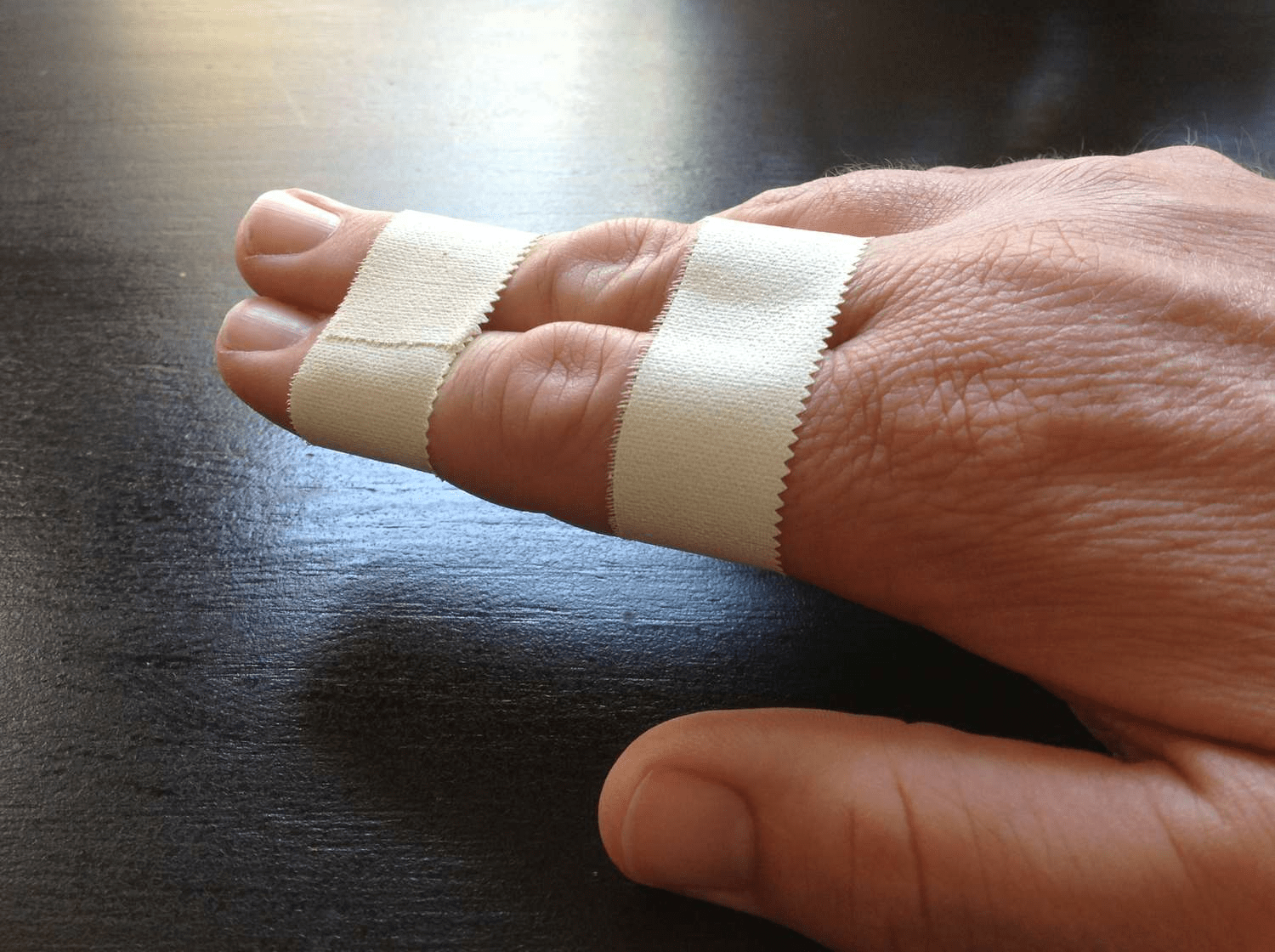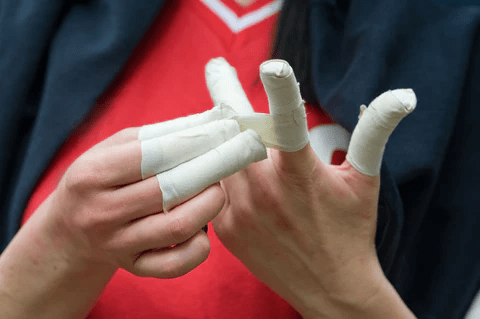
New here? Get HK$20 OFF your first order – min spend HK$300
Please be very aware that this information is neither intended nor implied to be a substitute for professional medical advice. Always seek the advice of your doctor or other qualified health professional before starting any new treatment or with any questions you may have regarding a medical condition.
Last updated on: November 18, 2025
Volleyball players tape their fingers not only to protect against jams and sprains but also to improve control and prevent skin irritation. This guide dives into the anatomy of finger taping—why it matters, how to use the techniques properly, and which tapes work best for performance and protection.
Looking for Sports Tape for Finger Taping Volleyball? Browse our Sports Tape Catalog

Setters often use kinesiology tape to reduce friction and protect the padding of the fingertips during repetitive setting drills. Hitters may prefer rigid tape for added stability during blocking and high-impact spikes.
| Tape Type | Use Case | Pros | Cons |
| Rigid Zinc-Oxide Sports Tape | Buddy taping for injured fingers | Best stability, restricts lateral movement | Stiff; may limit flexion if overwrapped |
| Elastic Athletic Tape (cloth‑stretch) | Light wraps for grip & friction prevention | Flexible, breathable, suitable for blister prevention | Less support for joint stability |
| Kinesiology Tape | Performance wraps, mild compression | Provides support while allowing full movement | Adhesion may loosen during long rallies |


Finger taping helps stabilize your joints during high-impact plays like blocking and setting. It reduces the risk of sprains and jams by limiting excessive side-to-side motion. Taping also creates a protective layer that helps prevent blisters and friction burns, especially for players who make frequent digs or set the ball repeatedly.
The method depends on your needs. For injury support, buddy taping with rigid sports tape keeps a sprained or jammed finger stable by securing it to a neighboring finger—allowing you to keep playing while limiting strain. For performance or blister prevention, players often use a lighter elastic or kinesiology tape, wrapping it snugly from the base to just below the nail to maintain grip and reduce irritation without restricting movement.
Rigid zinc-oxide tape is the most reliable option for joint support, making it ideal for buddy taping. For players looking to improve grip or protect against blisters, elastic athletic tape or kinesiology tape works better because it allows full range of motion while still providing light support. Many athletes keep both types in their gear bag to handle different situations.
Need assistance with thumb stability as well? Check out our Thumb Taping Guide for Hyperextension for step-by-step guidance tailored for athletes needing both finger and thumb support.

Join 1,000+ athletes already training with Pillar Sports tape.
No spam. Unsubscribe anytime.